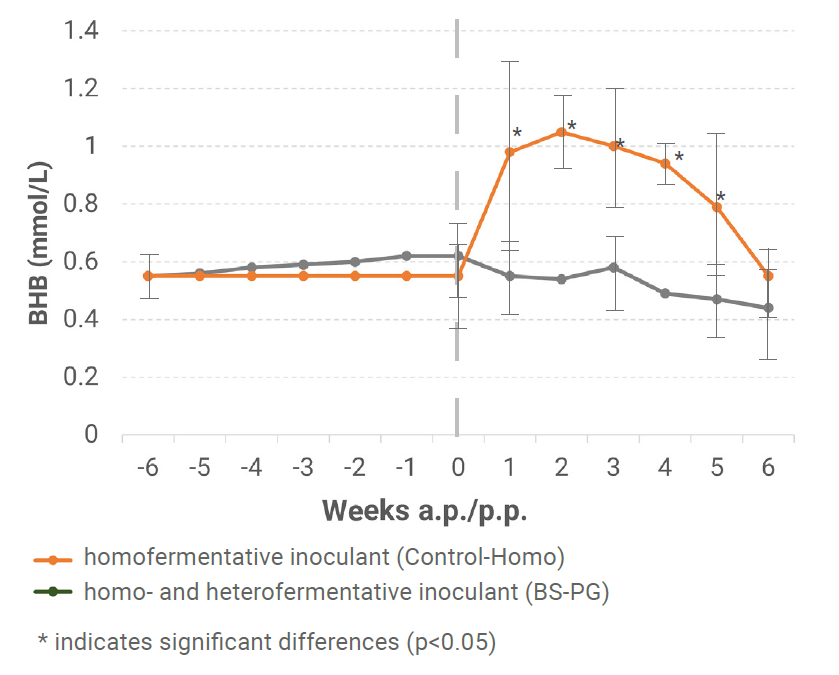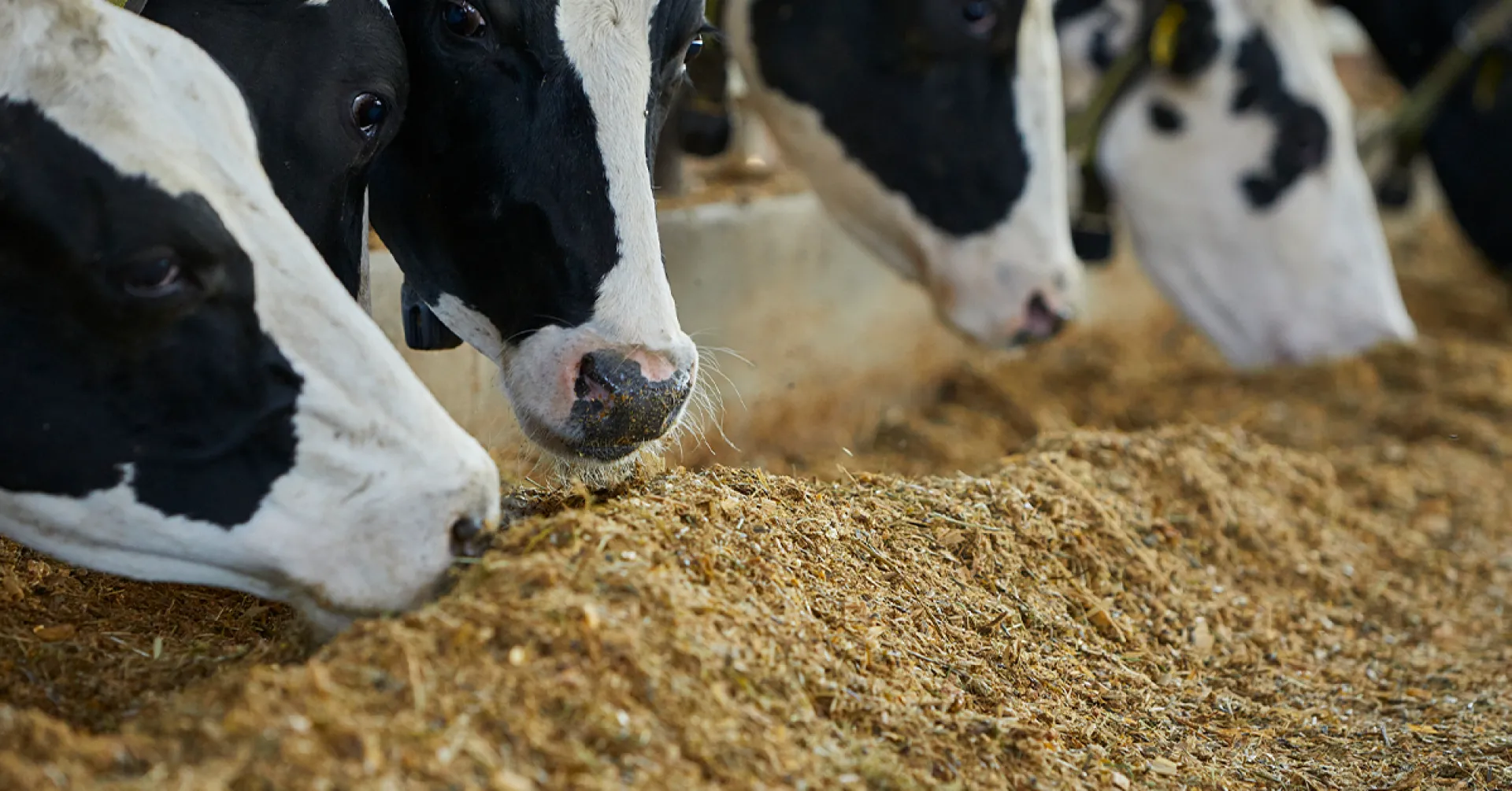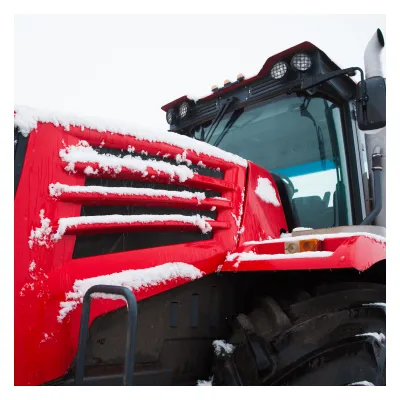Ketosis can be a costly disease on a farm.
It’s a metabolic state that causes cows to have trouble maintaining energy levels, and it can severely reduce production. Both subclinical and clinical cases cut into your bottom line, so anything you can do to mitigate cases of the disease will make an impact.
Propylene glycol (PG) is used as a tool in both, the treatment and prevention of ketosis in cattle. Adding PG to the total mixed rations (TMR) has become common practice because it is less intensive than drenching.
Using PG alone as a preventative measure saves money, but a farmer can take this savings measure even further by feeding silage that has been treated with BONSILAGE CORN+.
Significant amounts of 1,2-propanediol are produced in silages that are treated with BS CORN+. 1,2-propanediol is more commonly refered to as propylene glycol (PG). In Table 1 the average PG and DM levels of treated corn silage from farms in the USA and EU.
Table 1: The average DM and Propylene glycol levels of samples taken from silage treated with the PG-producing BONSILAGE inoculant on farms in Europe and the USA.

We put Corn+ to the test on our research farm to see the effects of feeding the treated silage on production parameters and betahydroxybutyrate (BHB) levels in the blood. The PG–producing BONSILAGE treated group showed significantly higher DMI, PG intake, milk yield, and lower BHB levels. These results confirm that feeding BONSILAGE-treated silages can have a positive contribution to ketosis prevention.
And you know what they say about prevention!

Figure 1. Betahydroxybutyrate (BHB) levels in the blood of cows either fed a diet containing BS-PG treated silage or a control diet with homolactic inoculant treated silage.
Want to learn more about how the use of BONSILAGE CORN+ results in significant levels of PG which are fully available for energy metabolism and prevention of ketosis in cattle?
Click the button to read the full article.
DOWNLOAD PDF


